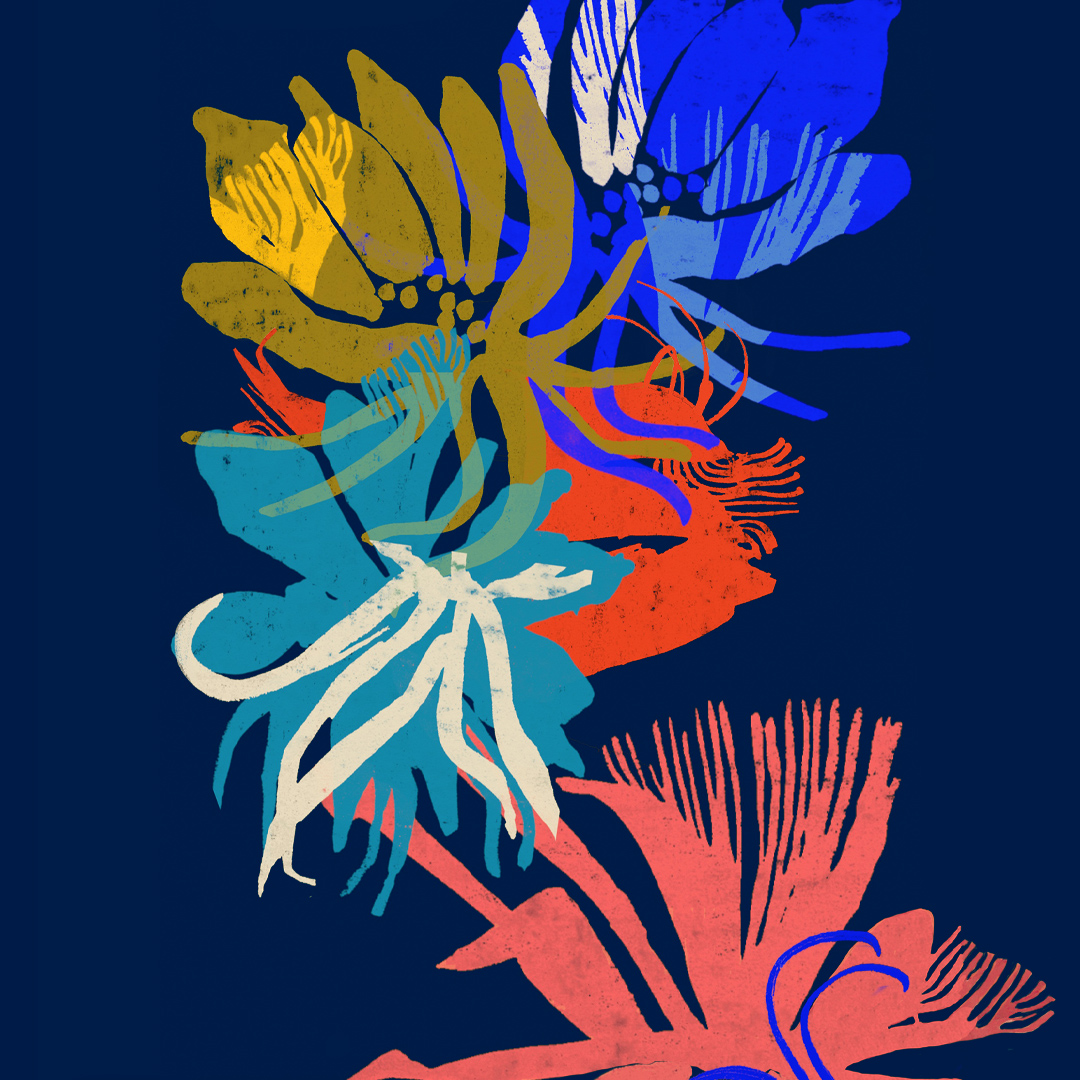Perfect Ruins: An Essay by Rachel Donohue
Rachel Donohue’s novel is The Temple House Vanishing, a gothic page-turner set in an all-girls Catholic boarding school in Ireland.
…
I have an enduring fascination with ruined buildings, a consequence perhaps of too many afternoons spent reading ghost stories and mystery books. A locked gate, an overgrown driveway, some shuttered windows—they were all childhood invitations to trespass, the hazard signs ignored as I went in search of something hidden.
Pinterest and Instagram have encouraged my interest into adulthood. It is a desktop pursuit both mournful and strangely romantic, like the “ruin-wanderers” of Arabic poetry. I have lost time clicking through photographs of eerie, broken-apart mansions in Russia or the midwestern United States. Disused train stations, deserted factories, and forsaken hotels also appeal. They tell a story of something forgotten, though what that story is you are never completely sure, as there is only the ending to work with.
I think of them as unexpected daylight dreamscapes, a world where things are almost familiar but not quite. A tree grows through the floor of a shattered ballroom, or an elaborate stairwell rises to blank, open sky. They are apparitions of the past, a lost world I strain to imagine and understand—a glimpse of one way of living before a fall of some sort. It is a reminder that people and possessions come and go.
In Ireland, too, we have abandoned buildings that tell a hidden and complex story of the past. The “Big Houses” of the ruling Anglo Irish that were burnt out or vacated during the War of Independence against the British in the 1920s. All that remains of these mansions stand damp, hidden, and mostly unnoticed in fields and down country laneways. When you come across one, it is almost always by accident. They seem embarrassed to exist; they shrug and hide behind a cluster of trees, their silence a plea to avert our eyes. We are the former people, they seem to whisper.
In my novel The Temple House Vanishing, Louisa and her art teacher, Mr. Lavelle, are former people of a sort too. Their faces peer out of tattered photographs and yellowing newspaper reports, beautiful and lost. Their disappearance from an isolated school in the early 1990s is the ending no one can make sense of—the debris and ruins of their story scattered and confusing. The rumors of what might have happened grow thick, dense, and ever more distorted and salacious as time passes.
Temple House is the abandoned mansion that holds their story. It is a Catholic boarding school, a Victorian redbrick with a turret on one end for good measure. Lonely and isolated, it becomes another character, watchful and severe. Perched on a cliff above the sea, it’s crumbling even in its supposed heyday, with damp walls and drafty windows, a cloistered place of lemon polish, prayers, and incense. At night the only sound is the wail of a foghorn far down the coast, a warning of dangerous rocks and currents ahead.
Temple House is oppressive in its shadows and its call to conformity, the perfect gothic mansion in which to explore the intensity of obsession. It is here that Louisa, the missing scholarship student, will attempt to find her place amidst the rituals of prayer and teenage envy, her vulnerability and need to belong leading her to desire someone she should not.
For much of the story the school is a ghoulish echo of its former self. The secret of what happened to Louisa and Mr. Lavelle is locked away, the soul of the building tarnished, the windows broken and gaping. It waits for a demolition that never seems to come. It is a world of strict Catholic ritual and belief that, like the student and teacher, vanished almost overnight, though in this story no one is really able to forget. The house and that which it conceals haunt everyone.
The journalist who seeks to uncover Louisa and Mr. Lavelle’s story will come to learn this. You can grasp what was once complete only by understanding what is missing, and why. There is a forlorn hope in searching in remnants, and there is the thrill of the unexpected: nothing is quite what it seems. Like the locked gates and long grass of my childhood adventures, the journalist must be willing to ignore hazard signs if she is to uncover the stories that may wish to remain hidden.
When alive, buildings have their own character, I feel sure. There can be pride, beauty, cruelty in those that stand tall. We can admire or cower before them. But it is only in their death, when abandoned and ruined, that we see into their souls. You begin at the end in a way, and with all formal function gone you can explore the essence of what came before.
…
Read more about The Temple House Vanishing.






